For those with immigrant ancestors, it’s tempting to start researching in the home country as soon as soon as it is learned the ancestor was born in a foreign country. The desire to connect with a past “across the pond” is understandable. However, researching the ancestor in the country of origin without knowing much about them is not the best approach. Completely researching the immigrant in the area of settlement may give additional clues as to the specific point of origin or the names of relatives and associates in the new country who also lived near the immigrant in the old country. All of this can make the research in the homeland more efficient. Of course, sometimes all that research in the area of settlement may not provide […]
Can storytelling help your genealogy research? I have a bedtime type story I tell each of the grandchildren–based loosely on an ancestor of theirs. When fleshing out details of the story for scene or plot or answering their questions, I realize there are things about life during the time period or the ancestors that I do not know. When telling these stories, fight the urge to recite a lineage. Tell a story. You are trying to engage and entertain not bore. Save the boring stories you tell for other adults interested in genealogy <grin>. But telling stories can get you thinking about your own research–even if those stories are not for other adults and not for publication in a genealogy journal. Figuring out the answers to my questions […]
Always think about the family that was left behind when someone died? Were there children who would have needed looked after? Was there a spouse who would have needed some assistance? Was there an adult child who would have been unable to look after themselves? Was there a surviving parent who was reliant on the recently deceased person for their care? Who would have been nearby to help these individuals? Were there court records, guardianships, or other records resulting from issues when the person died?
When evaluating information on a document, in addition to other things to consider, I always ask myself…what was the potential penalty for lying or giving wrong information? Giving the wrong name of a parent on a death certificate for someone who dies at the age of 80, lying about your age to get married, and lying to get a widow’s military pension are not the same thing. Determining what the penalty for lying was will require some research–contemporary federal and state statutes for starters.
It’s great to ask a relative questions about your family history. Having a list of questions to ask can also make the interview process easier. But it is worth remembering that the details of an event may be remembered over a period of time and not necessarily during a one-hour interview. The interviewee may remember significant pieces of information long after the question and answer session is over. And no matter how complete or comprehensive the list of questions seems to be, there can always be aspects of a specific family’s history that is not included. There will be questions the interviewee does not think to ask. One way to ascertain this information is to maintain a relationship with the individual if at all possible–it can be via […]
In most US census records when an individual is indicated as working on their “own account,” it generally means that they are not an employee and that they do not employ others as well. Learn more about US census instructions on the US Census Bureau website.
Years ago, I was working on a family of Swiss immigrants to Davenport, Iowa. Most of the family were farmers and the vast majority stayed in the immediate area. Except for one daughter who in the 1890s moved to New York City to become an actress when in her early twenties. When she could not be located in Iowa records with her siblings, I assumed she’d either died young and, for one reason or another, left no local records. She was not mentioned in her mother’s estate settlement in 1893 which lead me to conclude she was dead by that time and left no descendants of her own. That conclusion was correct as I discovered later she did pre-decease her mother and did leave no surviving descendants upon […]
A bequest is a gift of personal property in a will. A devise is a gift of real property in a will. Bequests and devises in wills can be made to heirs or to someone who is not an heir. An heir is someone who has statutory rights to inherit from the estate of a deceased person.
Migrations can work in a variety of ways. There was a family where the parents and the children moved from Illinois to California in the 1930s during the Great Depression. I had difficulty finding one of the daughters after I had located the death information on the parents and most of their children in California. The west coast of the United States is where I kept looking for them. When I broadened my searches, I discovered that one daughter had moved back to the exact location in Illinois where the parents were from and where they were living before they moved to California in the 1930s. At this point, I’m not certain exactly why she moved back, but it’s always something to consider. Sometimes children who are “pretty […]
I did it before they gave it names. Found my ancestor in 1820 census in Kentucky. Couldn’t find him after that…where did he go? So I looked for his 1820 neighbors in the 1830 census…names that were slightly less common (I ignored the John Smiths). Found several of them in a county in Indiana. Looked through those census pages and there was my ancestor, under a totally sloppily-written misspelling of his name. Now they have fancy names for it. In the late 1980s, I just called it research <grin>. Check out More Genealogy Tip of the Day.
Administrators are usually appointed when the person whose estate is being settled left no valid will.Sometimes the executor appointed will choose not to act or be unable to act. Sometimes the will will not name an executor. In those cases, the court may appoint an administrator “with the will annexed” indicating the person technically is an administrator, but that they will settle the estate according to the terms of the will. Normal administrators (without a will annexed) will settle the estate and make disbursements according to contemporary state statute.
I’ve started processing orders for More Genealogy Tip of the Day. So for those who missed it, here’s our new book announcement. It complements our original Genealogy Tip of the Day book. I’ve appreciated the positive comments I’ve heard about the first book. Our posting: At long last, More Genealogy Tip of the Day, packed with genealogy tips and ideas from ten years, has been published. We are excited to offer this companion volume to our original Genealogy Tip of the Day book. More Genealogy Tip of the Day can be read front-to-back or browsed through at the reader’s whim. Tips are about genealogical sources, pitfalls, and procedures based on Michael’s extensive experience researching ancestors in the United States and abroad. Tips are practical, easy-to-understand, and applicable to […]
In one document letters can be made differently, depending upon what letter is next. Handwriting is not always consistent–not even within one document. Don’t expect better writing from clerks than you do of yourself <grin>.
Some researchers ask “Why search for someone I already know ‘everything’ on?” or someone “I’m not really researching?” This is why. Because they can lead you to someone else. A search for my great-uncle, Alvin Ufkes, located a reference to him as a pallbearer at the 1962 funeral in Quincy, Illinois, for sister of his grandmother . I may never have located the death notice and the obituary for Anna Buhrmeister (a few days earlier) if I had not searched for my great-uncle in the collection from which this image was taken.
More and more college newspapers are being digitized. It’s possible that you will be able to find online versions of weekly or daily periodicals published while your relative was in attendance at an institution of higher learning. This 1963 reference to my mother indicated where and when she started her teaching career. Start your searches for these periodicals by looking at the school’s website–particularly their library or archives page. Google searches may be helpful as well and if that fails, an email to their library or archives should provide the answer to whether these items are available online or not. More Genealogy Tip of the Day has arrived!
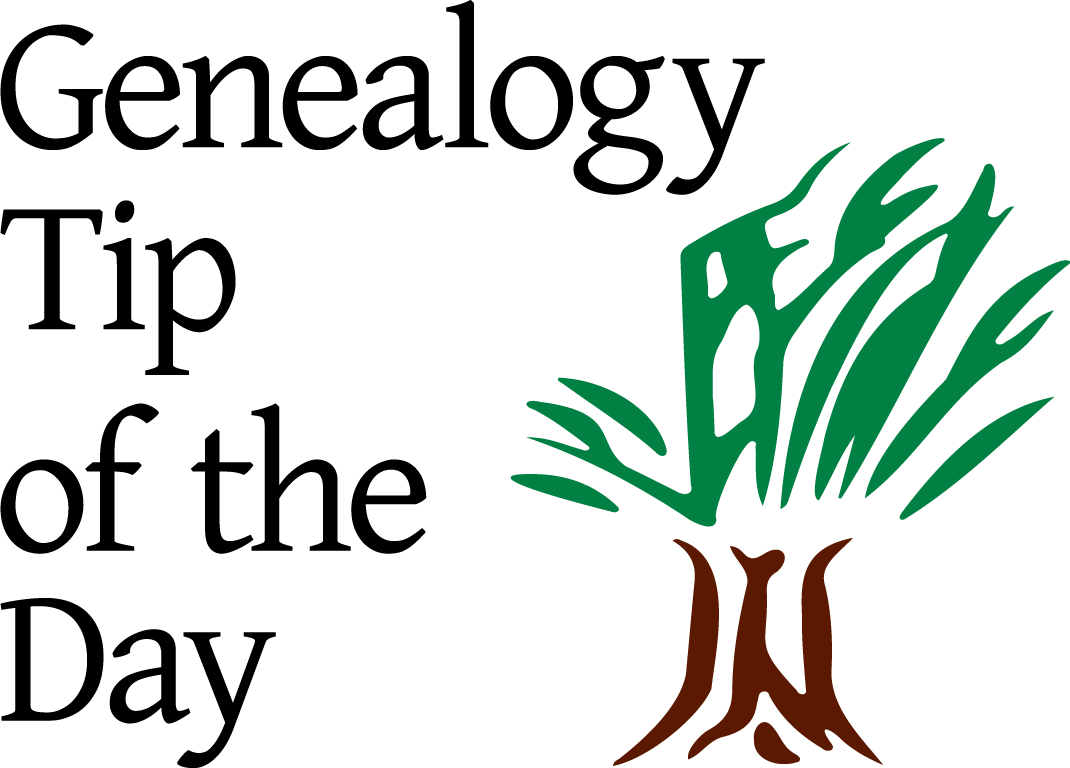
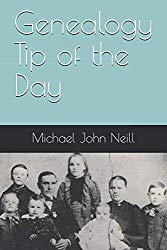
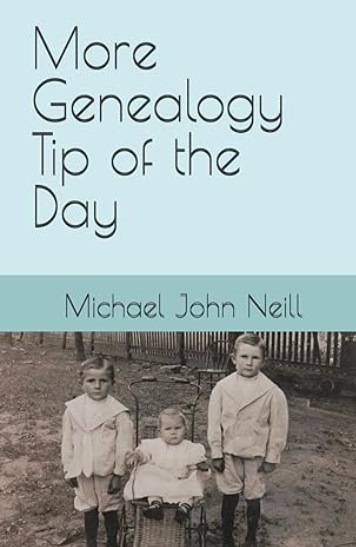


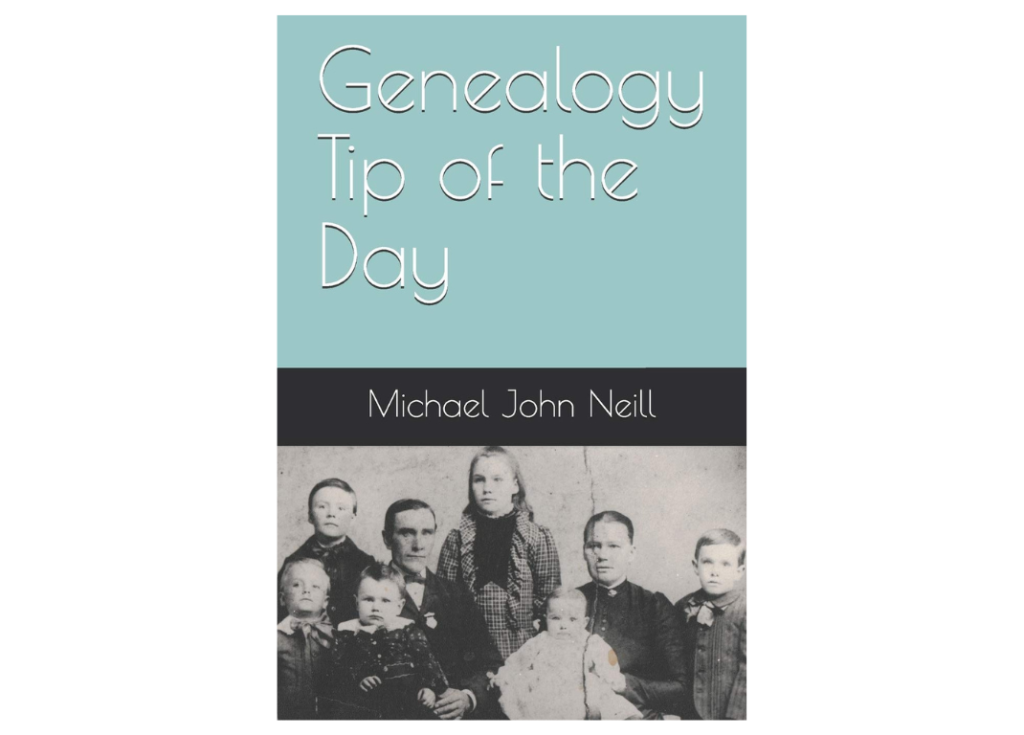
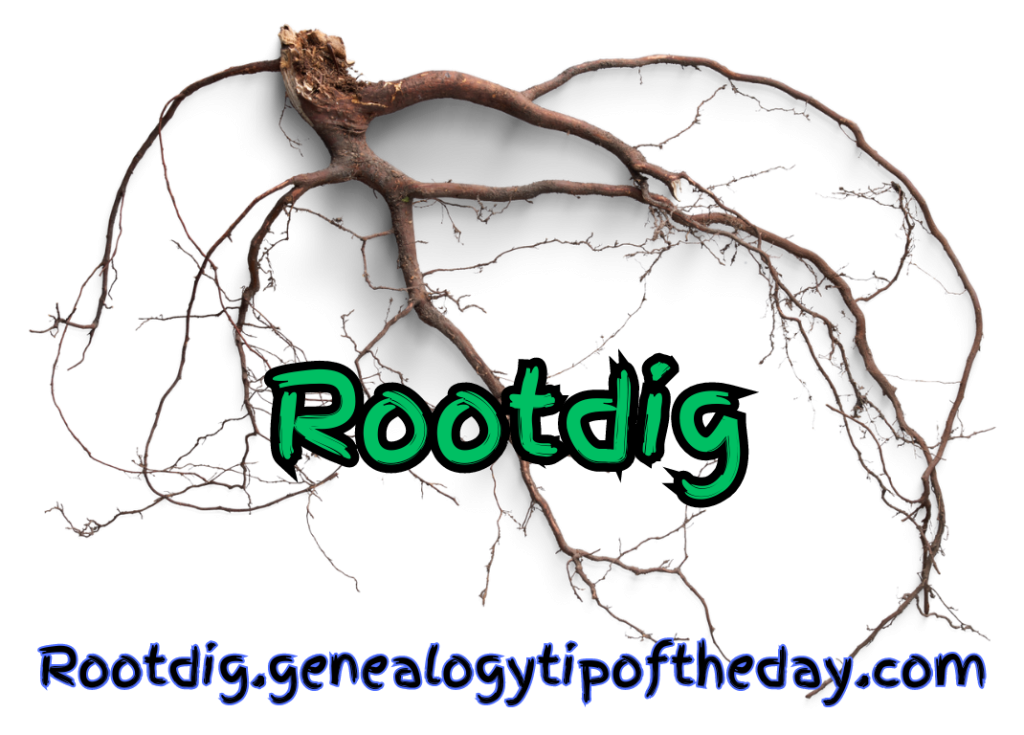

Recent Comments